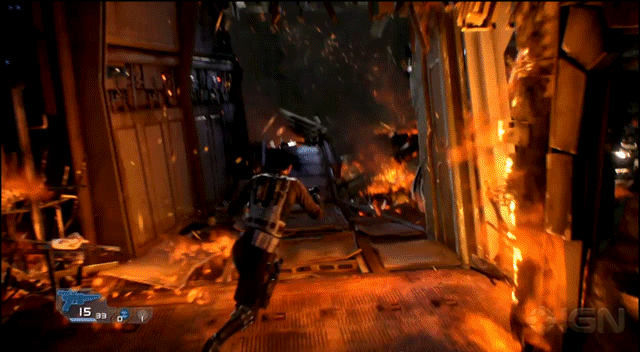Felix Lighter
Member
Reading between the lines my guess is the different memory setups will not add much development complexity.
It sounds like the Durango eDRAM is basically a GPU-readable version of the 360 eDRAM, or at least that's how imagine it will be used.
Which means, as you are rendering a scene, you ask yourself "ok how much memory do we need for the buffer we're rendering to and how much space do we have left for other textures we can leave in the fast eDRAM instead of resolving to main memory?" A lot of the time that will translate into stuff like rendering the scene, keeping that render in eDRAM, then using that render as a texture input for post-effects. Whereas on the 360 you would have to resolve that to main memory to use as a texture later.
Multiplat development next gen will almost certainly be easier. The PS3 had a fundamentally different architecture than the 360 in a variety of ways, including Cell and an evenly split memory pool. (Vs a main memory pool and a small bonus scratch pad) Orbis and Durango appear to both be very similar with differences mostly around the edges. Conceptually the PS3 took a different approach to work with and Cell also made tooling issues trickier.
Sounds great. Hopefully this means a more consistent quality for ports across the board and less resources need to be devoted to optimizing for vastly different architectures. Also, the biggy for me, more good PC ports.


